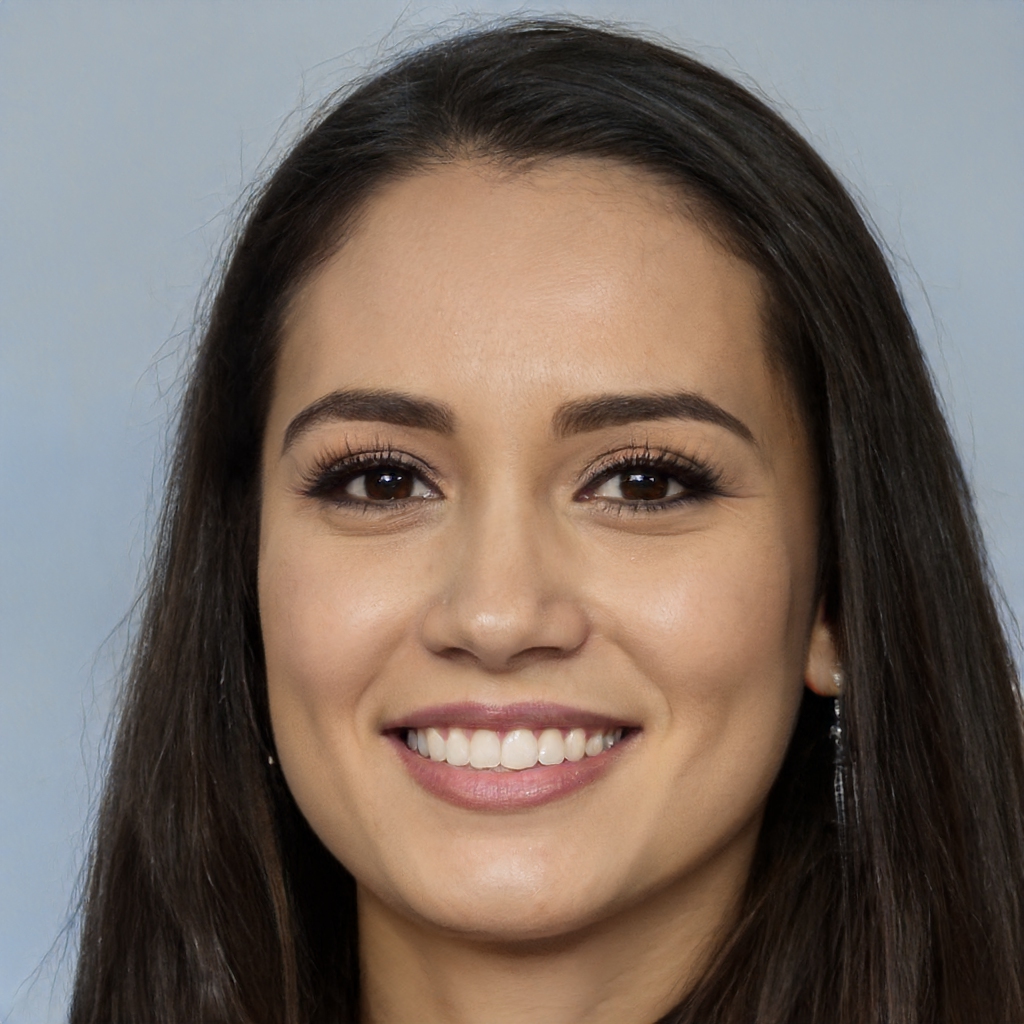Scientists have discovered the neurons that allow us to recognize the familiar faces of people.
They have been nicknamed "grandmother's neurons" and are those that help us remember faces. Neuroscientists have long put the brain under the magnifying glass in an attempt to discover what lies behind a mechanism as simple as complex: how do we recognize the faces of people who are familiar?
Behind this ability there would be a class of neurons, never studied, located in the temporal pole, a specific region of the brain. A team of researchers from the Rockefeller University has identified them by carefully analyzing the area that connects the area in which a face is perceived with that of long-term memory. According to the researchers, in fact, the faces of the people we love are fixed in our memories in a strong and lasting way. The study, published in the journal Science, paves the way for new hypotheses and research, but above all could help find a cure for prosopagnosia, a disorder that causes the inability to recognize faces of people known.
The study of New York University is based on another research carried out in the sixties that had assumed the presence of "grandmother's neurons", able to create a connection between the sight of a face and memory. For experts, each face would be linked to a neuron dedicated to it. The new scientific work has been conducted by a group of researchers led by Winrich Freiwald. The focus of the research was two macaques that underwent functional magnetic resonance imaging. The scientists recorded the electrical signals that came from the neurons while the animals looked at unfamiliar faces and familiar faces on a screen.
The result? Right away, the temporal pole neurons appeared to be able to quickly recognize familiar faces. This suggests the presence, in this area of the brain, of hybrid neurons that create a link between memory and perception.
But that's not all: the research also showed a substantial difference between the activation of neurons when the person's face is shown through the screen and when instead the vision takes place live. A detail that will certainly lead to further studies to investigate the matter.
